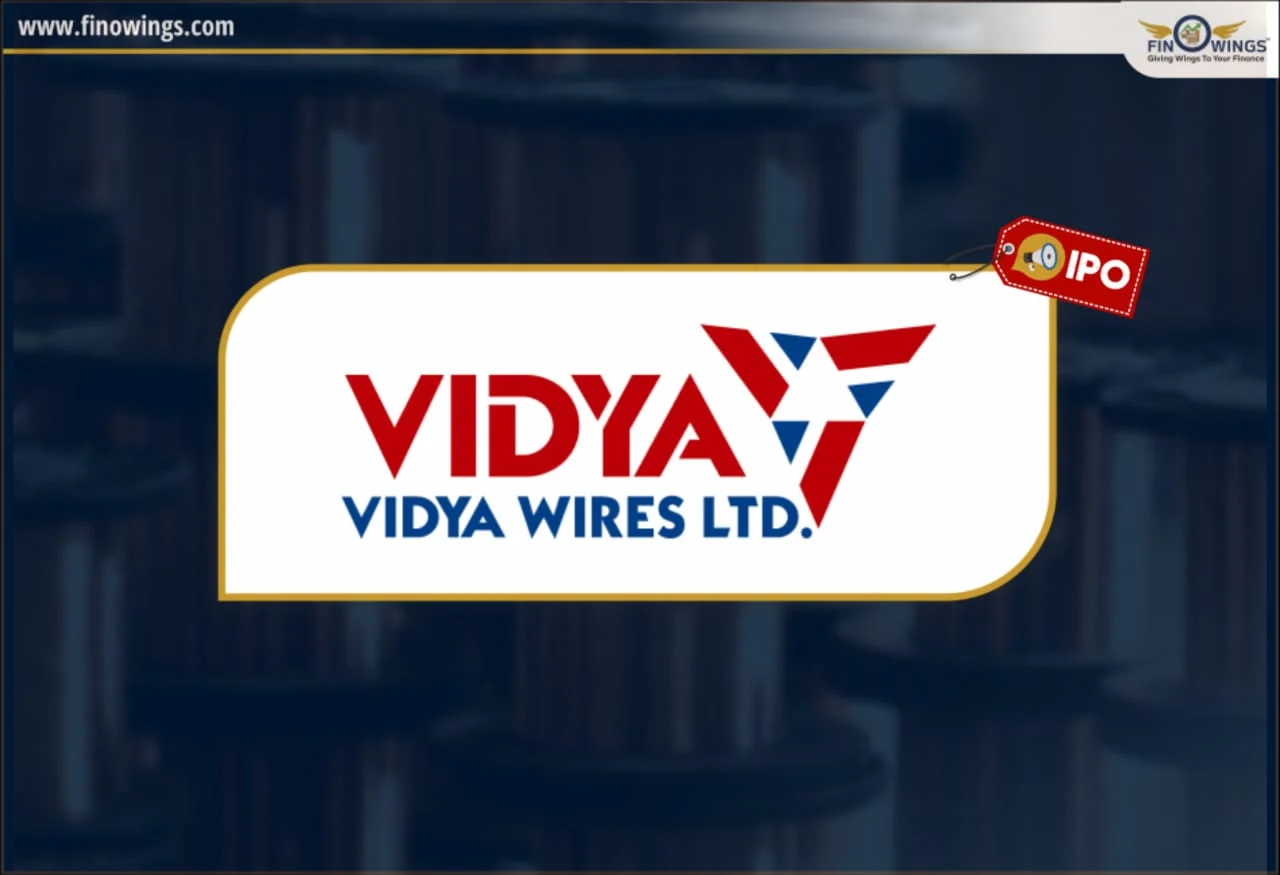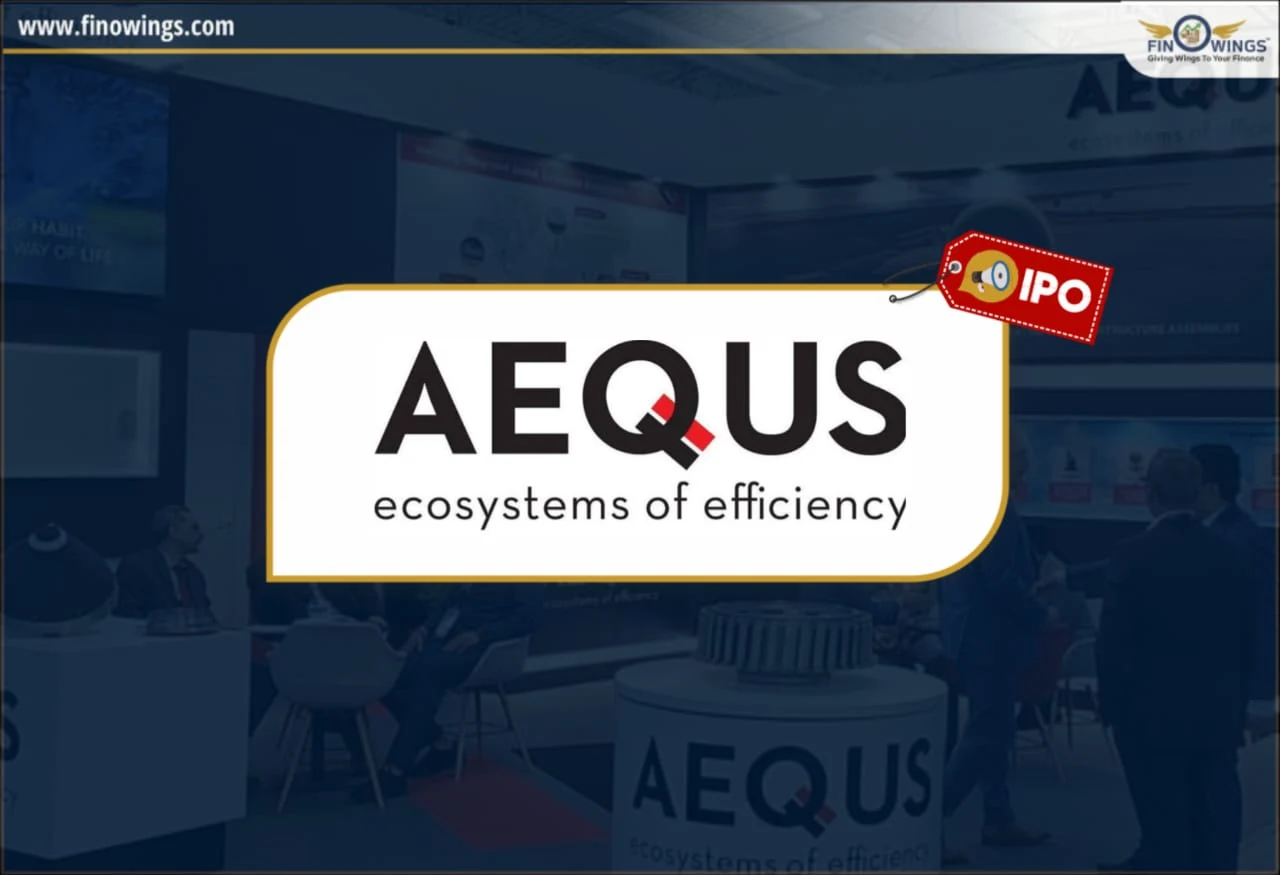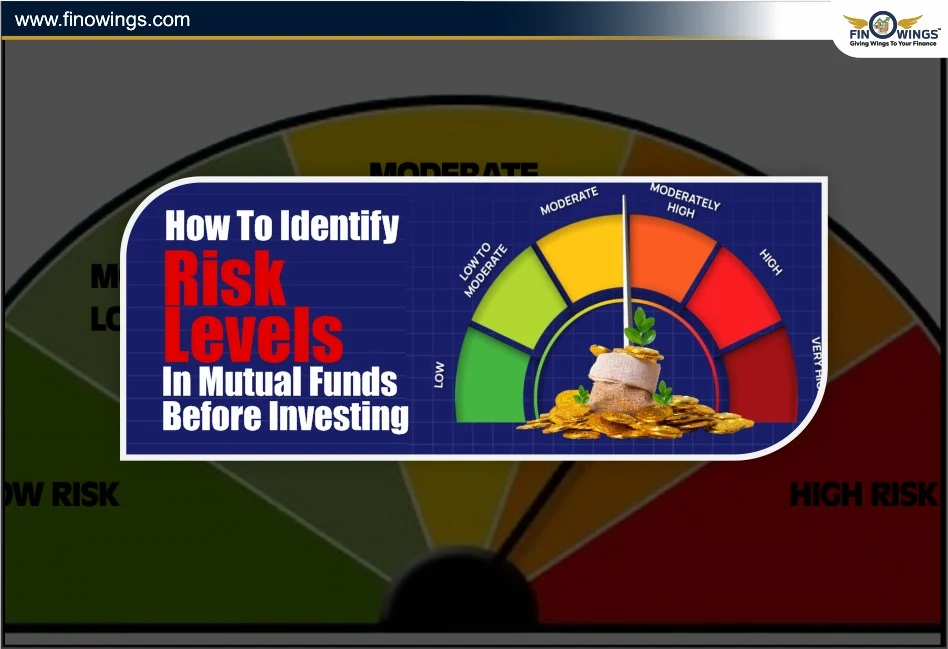Home >> Blog >> Types of Mutual Funds: Equity, Debt, Hybrid & More
Types of Mutual Funds: Equity, Debt, Hybrid & More

Table of Contents
Introduction
Mutual funds have become one of the most popular and beginner-friendly investment options in India.
For a novice investor or a seasoned one looking to diversify a portfolio, a basic understanding of the types of mutual funds is a prerequisite to making an investment.
Every mutual fund is crafted with a particular aim in mind - whether it is a focus on long-term growth of capital, consistent income earning, or fund stability. In a general view, mutual funds in India can be grouped into equity mutual funds, debt mutual funds, hybrid mutual funds, and a few other fund categories, depending on various investor requirements.
In this blog, the objective is to dissect every type of mutual fund in the simplest possible way, supported with examples, advantages, disadvantages, and target investors.
What Are Mutual Funds?
Mutual Fund is a type of investment is a mutual fund, which pools the money of numerous investors and uses it to purchase a range of assets, including stocks, bonds, and money market instruments.
In simple words:
Mutual funds assist you in investing in a variety of different assets without having to select and track each one as an individual investment.
Major Types of Mutual Funds
In India, the types of mutual funds are mainly classified based on their investment goal and the assets. There are four primary categories and they include:
1. Equity Mutual Funds
2. Debt Mutual Funds
3. Hybrid Mutual Funds
4. Other Fund Categories: Solution-Oriented, Index Funds, ELSS, etc.
Each of these will be further explained.
1. Equity Mutual Funds
An equity mutual fund mainly invests in the stocks of listed companies. The aim is to accrue long-term wealth through the growth of these companies.
Compared to other mutual funds, these funds are riskier, but they offer the potential for greater reward in return.
How It Works:
When investing in an equity mutual fund, your investment will diversify based on allocation across sectors in the economy. Funds can be invested in IT, banking, fast moving consumer goods (FMCG), and even pharmaceuticals. The overall returns on your investment will depend on the stock market performance of the companies in the selected sectors.
Example:
Consider an equity mutual fund like Mirae Asset Large Cap Fund where you invest Rs. 5000 each month. Returns over ten years should be significantly better than those of fixed deposits or debt funds, although with higher volatility, since you’re still investing in equity mutual funds.
Sub-Types of Equity Mutual Funds:
|
Category |
Description |
Risk Level |
Ideal For |
|
Large Cap Funds |
Covers the top 100 companies by market cap. |
Moderate |
Safe long-term investors |
|
Mid Cap Funds |
Mid-sized, fast-growing companies. |
Moderately High |
Growth-oriented investors |
|
Small Cap Funds |
Invest in emerging small companies. |
High |
Aggressive investors |
|
Multi-Cap Funds |
Deals across large, mid, and small caps. |
Moderate |
Balanced investors |
|
Sectoral / Thematic Funds |
Deals in a specific sector (IT, Pharma, etc). |
High |
Experienced investors |
|
ELSS |
Tax-saving equity fund under Section 80C. |
Moderate to High |
Long-term growth seekers and tax savers |
Advantages:
-
High return potential in the long term
-
Inflation is ideally beaten
-
SIP flexibility
-
Tax benefits (for ELSS funds).
Disadvantages:
-
High volatility.
-
Requires patience and a long-term horizon (5+ years).
2. Debt Mutual Funds
Debt mutual fund primarily invests in Government bonds, corporate debentures, treasury bills, and money market instruments etc.
How It Works:
Money is lent to governments or businesses in exchange for interest payments that are determined by the terms of the debt contract. Your profit lies in the interest collected and the capital gains from selling the money contract at a profit.
Example:
If you invest Rs. 1 lakh in an HDFC Short Term Debt Fund, you might earn 6-8% annualised returns with minimal market risk and better liquidity than fixed deposits.
Sub-Types of Debt Mutual Funds:
|
Type |
Description |
Risk Level |
Ideal For |
|
Liquid Funds |
Invest in short-term securities |
Very Low |
Parking surplus cash |
|
Ultra Short Duration Funds |
Invest for 3-6 months. |
Low |
Short-term goals |
|
Short Duration Funds |
Invest for 1-3 years. |
Low to Moderate |
Conservative investors |
|
Corporate Bond Funds |
Invest in high-rated corporate bonds. |
Moderate |
Income-seeking investors |
|
Gilt Funds |
Invest in government securities. |
Moderate |
Safe investors (no credit risk) |
|
Dynamic Bond Funds |
Adjust duration based on interest rate cycles. |
Moderate |
Flexible investors |
Advantages:
-
Predictable and steady returns.
-
Less volatile than equity mutual funds.
-
High liquidity in most categories.
Disadvantages:
-
When interest rates rise, your returns could drop.
-
For long-term wealth creation, this isn't the most ideal option.
3. Hybrid Mutual Funds
-
The Hybrid Mutual Fund combines equity and debt investments in a single portfolio.
-
The aim is to offer investors moderate growth, along with some stability.
How It Works:
The fund manager will determine the percentage of cash in stocks (for growth) and bonds (for stability). Hybrid funds can be split according to which assets are assigned to which funds.
Types of Hybrid Mutual Funds:
|
Category |
Equity Allocation |
Risk Level |
Suitable For |
|
Aggressive Hybrid Funds |
65-80% in equity, rest in debt |
Moderate to High |
Long-term investors who want some safety |
|
Conservative Hybrid Funds |
10-25% in equity, the rest in debt |
Low to Moderate Retirees or |
Risk-averse investors |
|
Balanced Advantage Funds (BAF) |
Dynamic allocation between equity and debt |
Moderate |
Investors seeking automatic rebalancing |
|
Arbitrage Funds |
Low-risk strategy using price differences between the cash & futures markets |
Low |
Short-term conservative investors |
Example:
Consider an HDFC Balanced Advantage Fund. This fund can invest 60% of its assets in equity and 40% in debt. When nothing in the market seems to be priced attractively, it rebalances to hold more debt to lock in funds.
Advantages:
-
Diversification across asset classes.
-
Balanced risk-return profile.
-
Ideal for beginners who want equity exposure with stability.
-
Tax benefits if equity allocation > 65%.
Disadvantages:
-
Returns can be lower than pure equity in bull markets.
-
Not entirely risk-free.
Explore the Best mutual funds in 2025
Other Fund Categories
Beyond the three main kinds of mutual funds, there are additional fund classes that are designed with specific goals and investor preferences in mind.
a) Index Funds
-
Index funds are inexpensive assets that are passively managed.
-
For investors who are satisfied with market-average returns, these funds are perfect.
b) ELSS (Equity Linked Savings Scheme)
This is a tax-saving mutual fund under Section 80C (up to Rs. 1.5 lakh) with a 3-year lock-in period.
This is suitable for salaried investors who want growth along with tax benefits.
c) Solution-Oriented Funds
-
These funds are aimed at specific life goals such as retirement and children’s education.
d) International Funds
-
These funds provide access to investments in international markets like the US, Europe, and Japan.
-
These funds are beneficial for international diversification.
e) Fund of Funds (FoFs)
-
These funds invest in other mutual funds rather than directly in stocks and bonds.
-
This is advantageous for effortless diversification.
How to Choose the Right Mutual Fund Type
|
Goal |
Recommended Fund Type |
|
Short-term |
Ultra Short Debt Mutual Fund |
|
Medium-term |
Conservative Hybrid Mutual Fund |
|
Long-term |
Equity Mutual Fund or Aggressive Hybrid Mutual Fund |
|
Tax Saving |
ELSS Equity Mutual Fund |
|
Regular Income |
Debt Mutual Fund or Conservative Hybrid Mutual Fund |
|
Fund Category |
Holding Period for Long-Term |
Tax on Long-Term Gains |
Tax on Short-Term Gains |
|
Equity Mutual Fund |
> 1 year |
10% beyond Rs. 1 lakh |
15% |
|
Debt Mutual Fund |
> 3 years |
As per the slab rate (since 2023) |
As per the slab rate |
|
Hybrid Mutual Fund |
Depends on equity allocation |
Based on the equity or debt portion |
Based on the equity or debt portion |
Conclusion
The first step in creating a wise and diverse investing portfolio is to comprehend the different kinds of mutual funds.
AMF India divides mutual funds into various categories. The best option for building wealth over the long run could be an equity mutual fund.
Debt mutual funds provide steady income and capital safety.
Hybrid mutual funds balance both risk and return.
Other fund categories like ELSS, index funds, and solution-oriented schemes allow investors to achieve specific goals efficiently
DISCLAIMER: This blog is for educational purposes only. No buy or sell, or investment advice is given. Discuss with your eligible financial advisor before investing.
Author
Frequently Asked Questions
The primary types of mutual funds in India are Equity Mutual Funds, Debt Mutual Funds, Hybrid Mutual Funds, and Other categories like Index Funds, ELSS, International Funds, and Solution-Oriented Funds. Each category differs in risk level, return expectation, and investment goal.
Beginners usually prefer Hybrid Mutual Funds, especially Balanced Advantage Funds or Conservative Hybrid Funds, because they offer a mix of equity (growth) and debt (stability). These funds reduce volatility while still helping investors grow wealth gradually.
-
Equity Mutual Funds invest primarily in stocks and aim for long-term wealth creation. They are high-risk but high-return.
-
Debt Mutual Funds invest in bonds, treasury bills, and money market instruments, offering lower risk and relatively stable returns. They are ideal for capital protection and short-term goals.
Mutual funds are regulated by SEBI, making them secure and transparent. However, they are not risk-free. The safety depends on the type of fund—debt funds are safer, hybrid funds are moderately risky, and equity funds carry higher market risk. Choosing the right fund based on goals and duration ensures safer investing.
Historically, Equity Mutual Funds, especially Mid Cap, Small Cap, and Multi-Cap Funds, offer the highest long-term returns. However, they also come with higher volatility. Investors with a long investment horizon (5+ years) and higher risk appetite benefit the most from these funds.















.webp)




